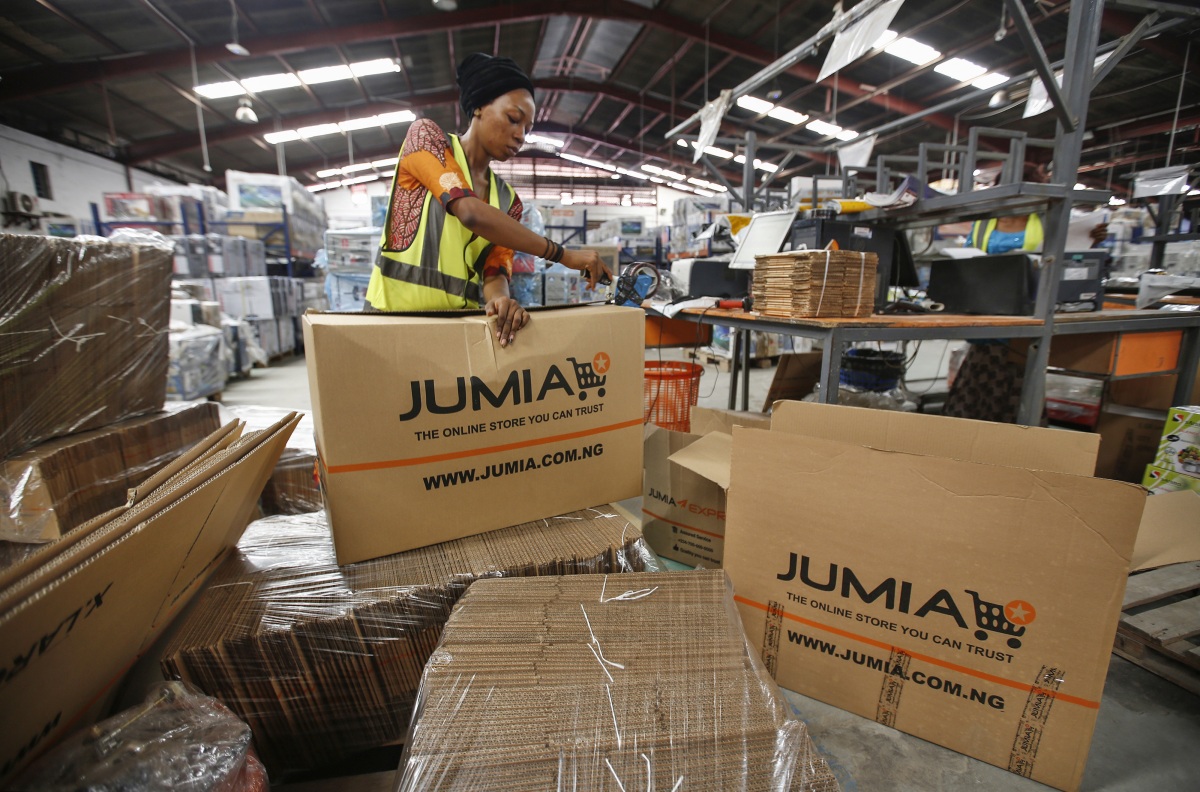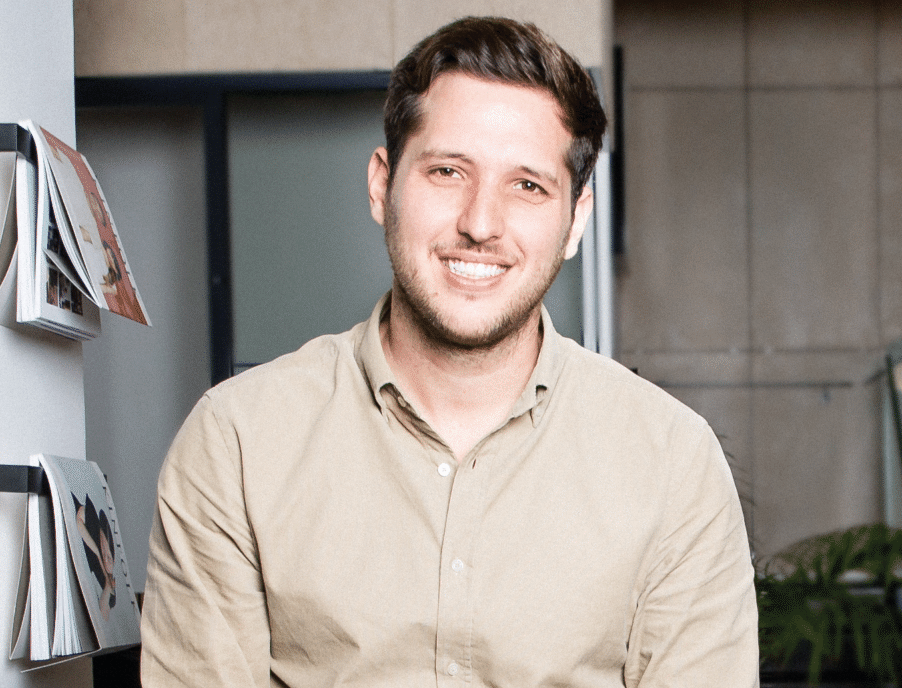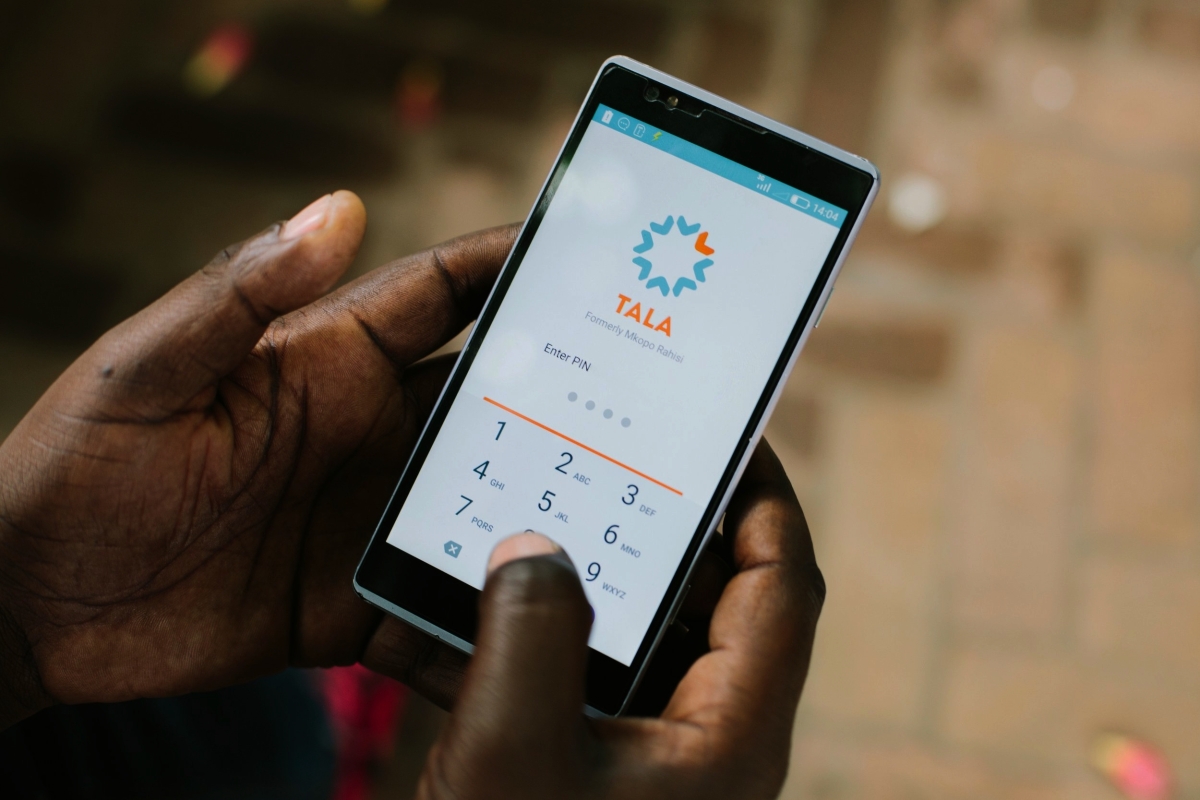Like many other venture-backed sectors in recent months, investment in food tech has largely been quiet over the past few months. Sure, there have been some bigger deals in the third quarter, for example Meati Foods grabbing $150 million for its mushroom root-based meat (still the best alternative protein food photo I have seen since I started covering this sector two years ago). Planted also took in $72 million for its whole cuts of vegan chicken, and Oatside, Singapore’s first oat milk product, raised $65 million. However, for the most part, investment has been down, with PitchBook reporting last week that for the third quarter, there was $2.7 billion injected into 269 deals. PitchBook considers “food tech” to include everything from plant-based products to grocery tech, so it’s a pretty broad definition. The data and research company noted that both investment values and count were down 63% and 28.5% quarter-over-quarter, respectively. And, “deal values declined for the fourth straight quarter, falling to a 10-quarter low, and to levels not seen since Q1 2020.” Ouch. The Good Food Institute pulled out alternative protein deals and found that $420 million went into those companies during the third quarter. That’s down from $833 million in the second quarter and $911 million in the first quarter, according to GFI’s analysis of PitchBook’s data. While that might scare away some VCs, others are sticking with it. Elly Truesdell, founder and managing partner at New Fare Partners, said via email that some tech investors in the last decade overlooked some crucial fundamentals like taste, brand and consumer trust when betting on food tech companies. “The next generation of businesses that prioritize this and utilize tech to enable great food, brand experiences and access to both, have a stronger chance of seeing better outcomes,” Truesdell added. Meanwhile, Lisa Feria, partner and CEO at Stray Dog Capital, said via email that “the same macroeconomic and geopolitical factors that are impacting the public markets and the global venture ecosystem are also driving the decline in foodtech venture funding.” She noted that contributing to the sector’s decline over the past few years were factors like crossover investors who entered the space and then fled “due to the turbulence in the markets, leading to an outflow of available capital.” In addition, the food tech industry, like so many others, initially saw double-digit growth that then cooled off in the past year. There were also reports about major industry players that “led some to question whether innovations in plant-based meat alternatives will be able to deliver on the early promise that they could take a significant market share from traditional meat.” Still, Feria has “a very positive outlook” about this sector, despite this investment setback. Part of that is due to what she said was an industry still very much in the “early innings in the development of innovative foods.” “The alternative protein space has a ton of room to grow and we continue to see new products delivering amazing improvements on taste, texture, health and price,” she added. “Ultimately, the sustainability story that drives the need for food innovation is only going to be more important in the world’s fight against climate change, as we cannot reach our greenhouse gas emission reduction goals without transitioning the food system away from animal agriculture, one of the highest polluting and most destructive industries in the world.” Weekly news SAVRpak said it is working with Mexico’s first online supermarket, Jüsto Partners, for it to be the first to market with SAVRpak’s plant-based thermodynamic pouch designed to remove 50% of condensation, which often leads to mold and early spoilage, and keep new condensation from forming, thus extending the shelf-life of produce, like strawberries, by up to three times, Scott Nelson, president of SAVRpak, said via email. The company already works with food distributors, like Sysco, but on the customer retail side. “Jüsto is one of the first retail customers we can discuss publicly, but we will be making more announcements soon as we have various pilots/trials ongoing across over 30 farms, as well as grocers in the U.S. and Canada,” Nelson added. “Consumers will start to see SAVRpak popping up in individual packaging of their favorite berries and greens at select supermarkets starting this spring, and in January, we’ll be announcing our consumer retail product with one of the largest big box retailers in the U.S.” Other big news this week came from Upside Foods, which announced, alongside the U.S. Food and Drug Administration, that its conclusions on if its cultivated chicken product was safe to eat warranted “no further questions.” This represents a milestone for the cultivated meat industry and prompted Upside founder and CEO Uma Valeti to say, “Cultivated meat has never been closer to the U.S. market than it is today. This historic announcement from the FDA is the foundational step in the regulatory process.” From Paul Sawers: “Meatable, a VC-backed Dutch company that recently debuted its first product lineup in the form of synthetic sausages, today announced a partnership with Singaporean food startup Love Handle to create what it touts as ‘the world’s first hybrid meat innovation center.’” Israeli cultivated meat technology company Future Meat Technologies changed its name to Believer Meats, saying that its rebranding represents “a big step in the broader strategic transformation of Future Meat into a technology-rooted food company as Believer prepares for its product launch.” The company’s technology is pending U.S. regulatory approval and expects to break ground on a commercial-scale production facility in the United States by the end of the year. Plant-based meat brand Juicy Marbles, known for making beef products like steak, unveiled The Whole-Cut Loin, a two-pound piece of 100% plant-based meat in what it is calling “the world’s largest piece of plant muscle.” GOOD Worldwide acquired This Saves Lives, a humanitarian snack brand co-founded by actress Kristen Bell, Ryan Devlin, Todd Grinnell and Ravi Patel. Financial details were not disclosed. The FoodTech Challenge, organized by the UAE Ministry of Climate









